While sheltering-in-place we’ve been spending a lot more time baking. And wouldn’t you know: Stressed Spelled Backwards is: Desserts!
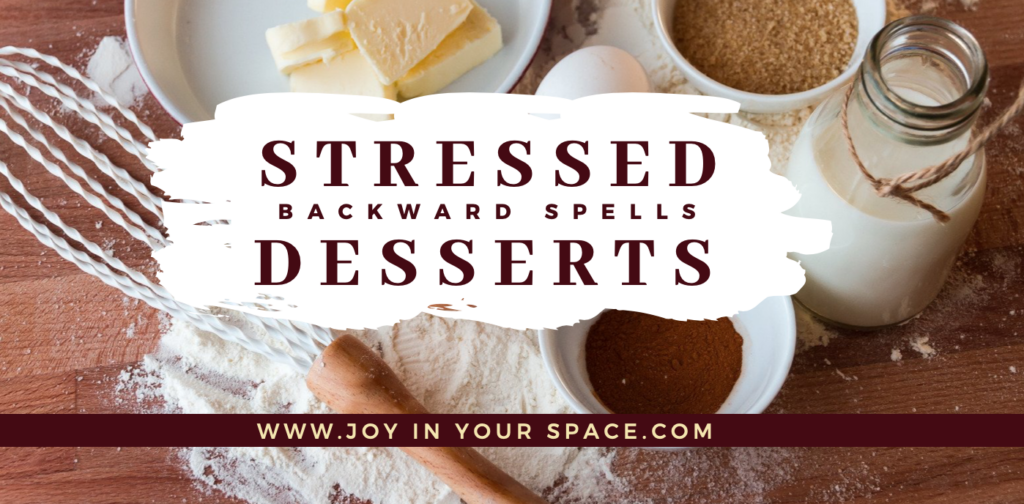
I saw that catchy phrase after delivering my 5th batch of muffins in April. To avoid gaining the dreaded Covid-15 (think Freshman-15) I delivered Tupperwares to my neighbor, who appreciates my zero-sugar recipes.
With my last delivery of cranberry-sweetened pumpkin millet muffins, I wrote “sorry for dumping my stress-baked goodies on your doorstep.” She texted back “TY” with a link to “Stress-baking is a real thing!”
My 3 favorite therapeutic benefits to baking:
This “proof of progress” is where I want to focus.
I don’t know about you, but I am:
• losing a sense of what day it is
• not as productive as I was before Covid-19
• feeling less accomplished despite feeling almost as busy
So I reflected on the tools I used before Covid-19:
Here’s why I’m returning to these habits:
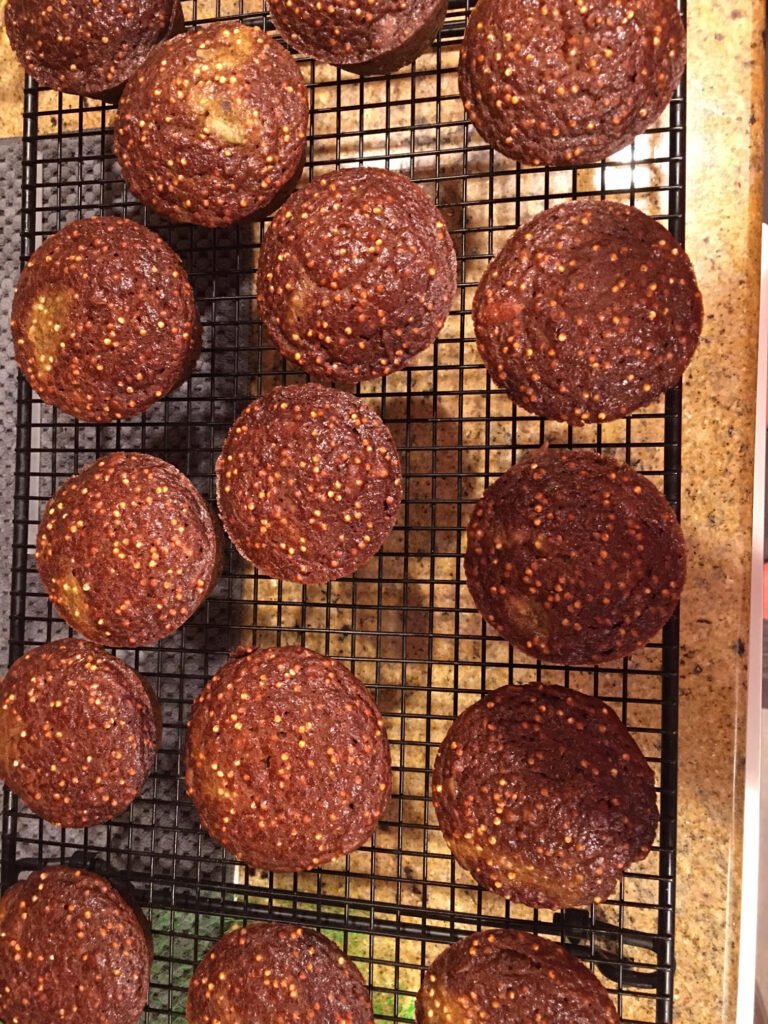
I can’t take credit for figuring out…stressed spelled backwards is desserts!
First and foremost, our thoughts and prayers are with those who have contracted this virus. We wish you a speedy recovery. For the rest of us, we face several weeks of home confinement. I don’t know about you but when I stay home for longer than one day, I tend to become lethargic and unmotivated. This time I’m determined not to let that happen. Here’s my plan of action:
Organizing can be tough…scratch that…starting the process of organizing can be tough! In my own personal organizing projects, and those of my clients, I will typically suggest doing one, or all, of the following strategies to make it a bit easier…and less painful too!
Music – Music is a great motivator and can keep you moving and grooving while you are working on your organizing project.
Scavenger Hunt – Doing a scavenger hunt can also be motivating. I often suggest to my clients to do a search throughout their home for empty bins and baskets, or even repurpose said items. This will not only save you money in the process, but time as well. Yes, I love browsing through the aisles of HomeGoods and The Container Store (probably just like you!), but that just delays the inevitable start.
Shopping – If you really want to shop…like really, really…then find something that you love! It could be a storage piece (if the room allows for it), pillow, or piece of artwork, etc., to incorporate into the room or area that you will be organizing. It could be a huge flat screen TV for all I care! It doesn’t have to be expensive, just something that makes you happy and that you’ll enjoy looking at every time that you are in the space!
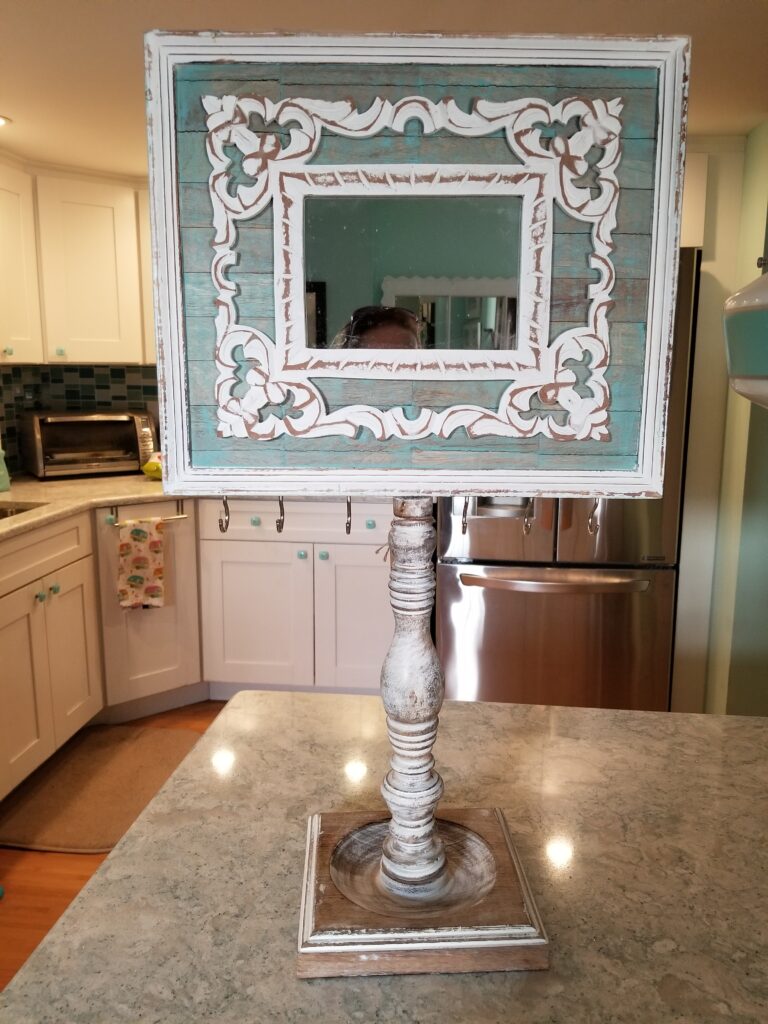
For one of my next projects at my home, I will be reorganizing my jewelry. While I was doing my holiday shopping, I came upon my IT. Do you ever have one of those moments where you find the perfect thing, for the perfect place, for the perfect price? Well, if you never have experienced that trifecta, I must tell you, it feels AWESOME! My piece is shown in the picture above.
I had tried several methods of organizing my jewelry over the years, but nothing had really stuck. At first, I was using jewelry boxes with velvet lined drawers. Next came the stacker trays with individual spots for earrings, rings, necklaces, etc. I’ve come to the realization lately though, that unless my jewelry is visible, I probably won’t wear it, and that’s no fun!
If you take a closer look at my newfound treasure you will note the 6 hooks for necklaces at the base of the mirror portion. Plus, the piece is tall enough, that longer necklaces won’t puddle and tangle. Additionally, the well at the base is perfect for smaller earrings or a watch or two. I’d also previously found 2 small 3-tiered trays to compliment this piece, for earrings and rings. They are in turquoise, which is my favorite color too!
When I start working on this project, I also plan to let go of and donate any jewelry that I haven’t worn in a long time. Organizing is always easier when you start with less! I also plan to listen to some great music while doing it.
Comment below if you have ever found a trifecta of your own and if it has helped you get organized in your home!
There are times, I am sure, when you have an extra 15 minutes where you just want to sit, relax, and take a few deep breaths. There is certainly nothing wrong with self-care. However, self-care can also take on another form where you want to use those extra 15 minutes to get something done in your home or office.
In my world, of course, it has to do with de-cluttering and organizing. There have been a couple of times recently where I took that 15 minutes with a client and myself to do just that.
A client of mine moved into assisted living several months ago. During one of our sessions, as I was helping her unpack and organize, I had some extra time. I went through one of her end table drawers in the living room and was able to recycle and trash 95% of what was in the drawer – old catalogs, old address labels, etc. Now, I could make room for other items that were important for her to have nearby in her new life.
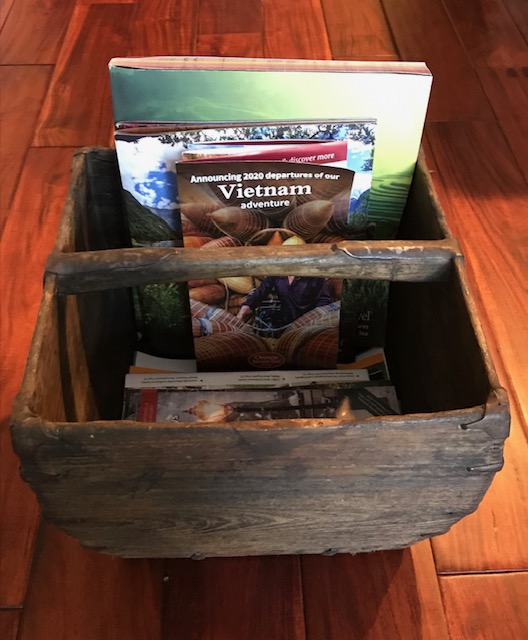
In my own life, I love to travel. I always have travel articles and catalogues that I keep in an antique rice holder box (pictured above). When I started going through my collection, I was amazed at what I could recycle – articles and catalogs that went back to 2016. Since the box never looked like it was totally overflowing, I just kept putting more articles and catalogs in it. As with my client, I was able to recycle 95% of what I had stored.
This led me to think what we can all do in 15 minutes to maintain our organizational systems. Maintenance and persistence always seem to be a huge challenge in the organizing world. Developing a system or process is 1 part of the project. Another part is maintaining or tweaking what you’ve already developed.
Consider what you can do in 15 minutes. You never know what you’ll find unless you go through these areas:
On any given day, we all make choices in our lives as to what to do with our time. With those extra 15 minutes that you have, you could sit back and relax or go through an area of your home or office to see what you no longer need. What is your choice today?
Remember the Trapper Keeper days? And the 5-subject notebook? We all used them as students but why don’t we use them today? The concept is still the same, it’s just the subjects have changed.
To-Do’s: Instead of subject, separate your to do’s into broad categories (personal, business, church for example). Use a 3 or 5 subject notebook as your one place to store it all. Create a system to prioritize like highlighting or numbering. Don’t forget about those to do’s that you keep putting off. Mix these in with some of your urgent ones.
Projects vs. To Do’s: There is a difference. Projects are made up of a lot of to do’s. That’s why a project can seem so overwhelming and never gets done. Break up that project and add those to do’s to your list.
Notebook vs. Stickies: Is your desk or computer overrun by sticky notes? Use the divided notebooks to keep track of your to do’s/ideas/projects. Stickies should be used temporarily. Regularly transfer that information to the appropriate section of the notebook.
There is no one way to keep track of your to do’s. Build upon the systems that are currently working for you. But take it one task at a time and be patient. Conquer a couple each day or set a time limit. And in today’s digital era, sometimes a good old notebook will do just fine. Just be sure that you don’t lose it because you can’t back it up!
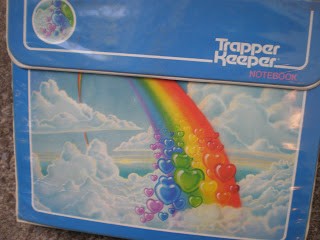
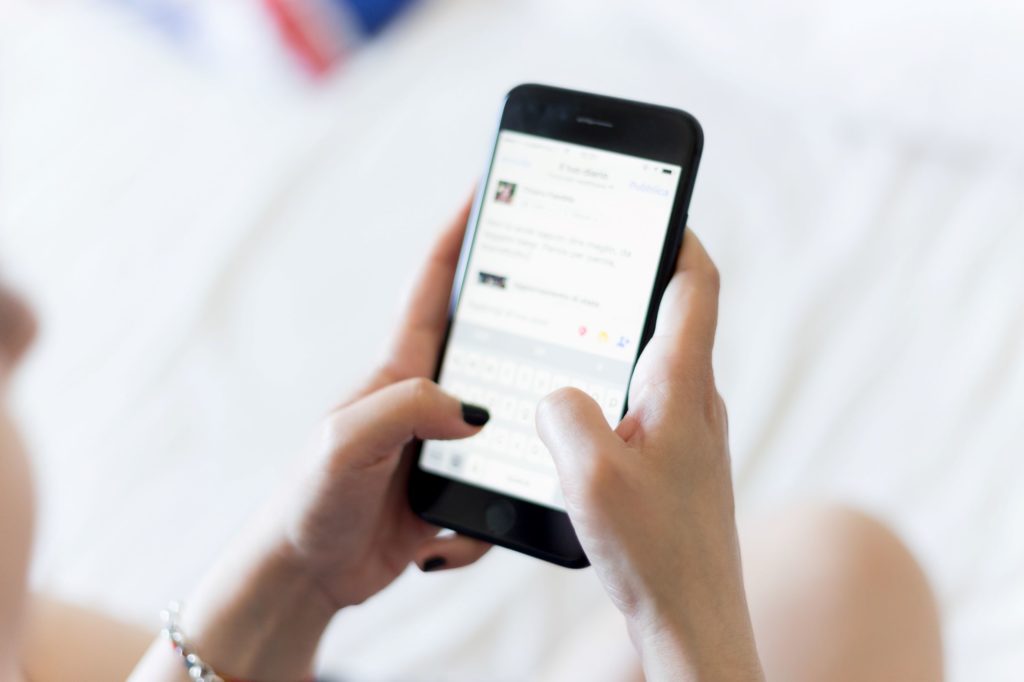
First, let me confess: I am NOT what you might call an “Early Adopter” when it comes to technology.
I need to know that an app/program has been around a long time, is secure and is fast and easy to learn and use.
Here are 5 tech tools that meet those requirements. Use them daily to free up mental clutter, to run on time with appointments and projects, and to help you access information quickly.
You will enjoy the benefits of a calmer daily routine and the ability to access information speedily if you take a little effort to use one or more of these tech tools!